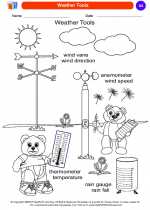What is Electricity?
Electricity is the flow of tiny particles called electrons. These particles carry energy, and when they flow, they create an electric current. This electric current can power the things around us, like light bulbs, TVs, and toys.
Types of Electricity
There are two main types of electricity: static electricity and current electricity. Static electricity occurs when there is a build-up of electric charge on the surface of an object. Current electricity is the flow of electric charge through a conductor, such as a wire.
How is Electricity Made?
Electricity can be generated in different ways. One common way is through the use of power plants that burn fossil fuels, such as coal or natural gas, to create steam, which then turns a turbine connected to a generator, producing electricity. Another way is through renewable sources like wind turbines and solar panels, which convert the energy from the wind and sun into electricity.
Circuits
A circuit is a pathway through which electricity can flow. It typically includes a power source (like a battery), wires to carry the electric current, and a device (like a light bulb) that uses the electricity. When the circuit is complete, the electricity can flow and power the device.
Electrical Safety
It's important to be safe around electricity. Kids should never touch electrical outlets, appliances, or wires without adult supervision. It's also important to stay away from substations, power lines, and other electrical equipment outside.
Experiments and Activities
1. Build a simple circuit using a battery, wires, and a small light bulb to demonstrate how electricity flows in a circuit. 2. Use a balloon to create static electricity by rubbing it against your hair and then sticking it to a wall. 3. Create a simple electromagnet using a battery, wire, and a nail to pick up small metal objects.
.◂Science Worksheets and Study Guides Kindergarten. Weather
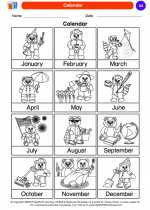
 Coloring Worksheet
Coloring Worksheet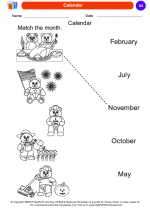
 Coloring Worksheet
Coloring Worksheet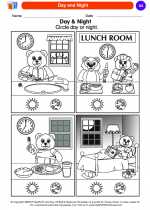
 Coloring Worksheet
Coloring Worksheet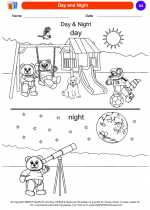
 Coloring Worksheet
Coloring Worksheet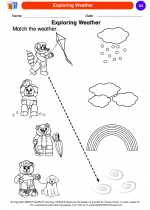
 Coloring Worksheet
Coloring Worksheet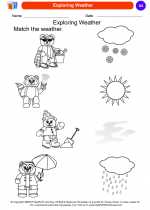
 Coloring Worksheet
Coloring Worksheet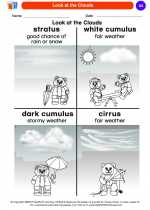
 Coloring Worksheet
Coloring Worksheet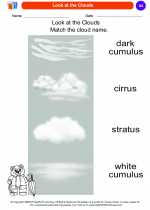
 Coloring Worksheet
Coloring Worksheet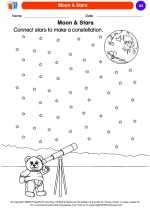
 Coloring Worksheet
Coloring Worksheet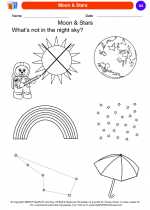
 Coloring Worksheet
Coloring Worksheet
 Coloring Worksheet
Coloring Worksheet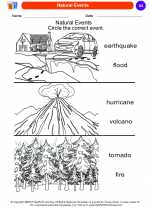
 Coloring Worksheet
Coloring Worksheet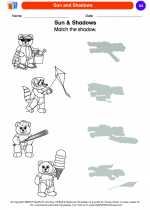
 Coloring Worksheet
Coloring Worksheet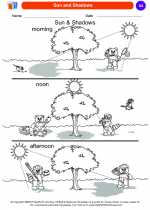
 Coloring Worksheet
Coloring Worksheet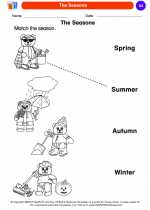
 Coloring Worksheet
Coloring Worksheet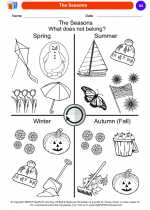
 Coloring Worksheet
Coloring Worksheet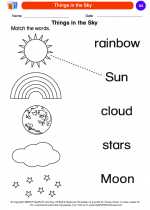
 Coloring Worksheet
Coloring Worksheet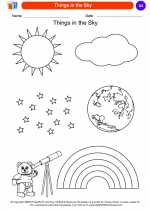
 Coloring Worksheet
Coloring Worksheet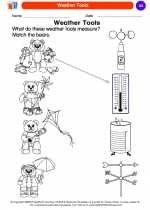
 Coloring Worksheet
Coloring Worksheet